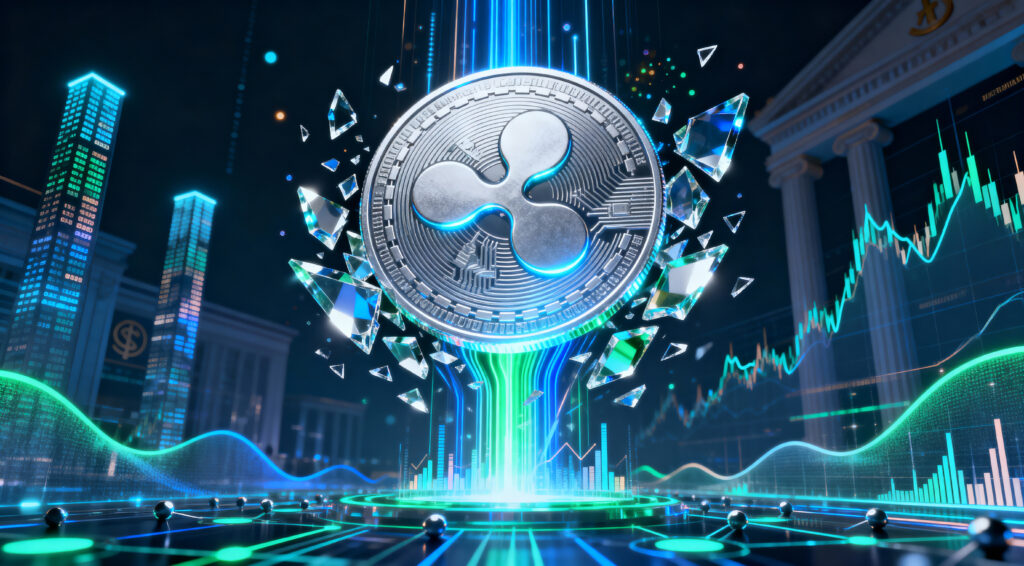President Donald Trump’s recent airstrikes targeting Iran’s Fordow, Natanz, and Isfahan nuclear sites have plunged geopolitical relations into uncharted territory. Despite his call for peace, the military action has been widely perceived as a declaration of war, setting off a chain of reactions across global markets. The initial hours saw volatile shifts, particularly in the cryptocurrency space, underscoring the deep sensitivity of digital assets to international conflict.
US Strikes and Iran’s Swift Retaliation
On Sunday, the America launched airstrikes against three critical Iranian nuclear facilities, a move that President Donald Trump lauded as “very successful.” Iran swiftly condemned the strikes as a violation of the Non-Proliferation Treaty. In a dramatic escalation, Iran immediately launched multiple waves of missiles deep into Israeli territory, intensifying the regional conflict.
Regional Market Volatility and Crypto Chaos
The crypto markets reacted with immediate chaos and volatility following Trump’s confirmation of the strikes. Bitcoin plummeted to $100,945 within minutes, wiping $40 billion from the total market capitalization before stabilizing around $102,350. This rapid descent highlights the inherent risk perception associated with cryptocurrencies during periods of global instability, as investors seek safer havens.
Iran-Israel Missile Exchanges Amplify Tensions
Following the US-Israel-led attack, Iran reportedly unleashed two waves of missiles, totaling 27 strikes. These missiles impacted areas ranging from the Golan Heights to the upper Galilee and Tel Aviv, significantly raising the stakes. Israeli authorities confirmed damage at ten different sites, with severe impacts reported in metropolitan regions like Haifa and Tel Aviv, and emergency medical crews attending to 16 injured individuals.
Escalation of Missile Strategy
For the first time, Iran’s missile strategy involved attacks in close succession, marking a new phase in the ongoing exchange of strikes. President Trump quickly claimed victory for the US, praising American forces as unmatched globally. Meanwhile, Iran’s Atomic Energy Organization vehemently denounced the airstrikes as an “evil conspiracy” and criticized international watchdogs for their silence, signaling a hardening stance.
Bitcoin and Crypto Market React to Geopolitical Chaos
Bitcoin did not initially respond well to the news, crashing within minutes of Trump’s confirmation of the strikes. Despite a slight rebound, the market remains fragile, with technical indicators suggesting continued uncertainty. Momentum signals indicate that the market is not yet out of the woods, as investors carefully watch for further developments.
Bearish Signals and Potential for Parabolic Gains
Bitcoin’s footing looks shaky around the $102K level, which has been tested multiple times this week, adding to a bearish outlook. However, historically, periods of relative silence in Bitcoin’s price have often preceded parabolic gains, creating a complex and uncertain forecast. Meanwhile, Iran has reiterated its commitment to nuclear plans and warned against external interference, adding to the geopolitical complexity.
Global Fallout and Safe Haven Shifts
Tensions are rapidly escalating, and the repercussions may extend beyond Iran’s borders, with retaliatory strikes on US bases or allied territories remaining a serious threat. Geopolitical analysts are already considering potential moves from major global players like Russia or China concerning Ukraine or Taiwan amidst this chaos. As uncertainty mounts, investors are increasingly hedging their bets, a trend that could see Bitcoin continue its rebound as a perceived hedge against traditional market instability.
Looking Ahead: A Volatile Landscape
The situation remains fluid, with global financial markets bracing for further reactions. The interplay between geopolitical events and cryptocurrency performance is becoming increasingly evident, challenging traditional investment strategies. While a complete picture is still forming, the current events underscore the need for investors to remain vigilant and adaptable in a rapidly changing global landscape.















